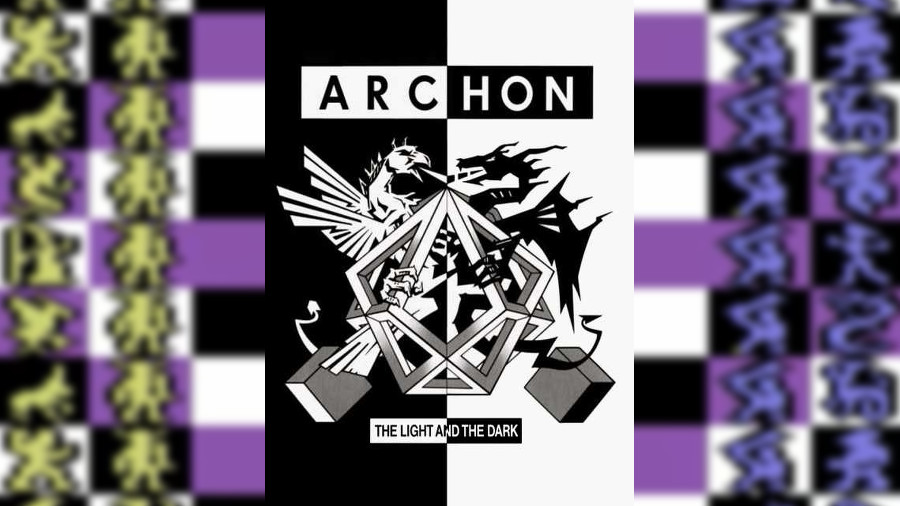The Archon series was a short-lived duology – or trilogy, including the Ultra remake – of fantasy chess from 1983. However, despite its short lifespan, it ended up being incredibly influential, inspiring numerous future games with its unique gameplay. From Atari, it was ported to machines as varied as the Commodore 64, Apple II and Amstrad CPC. So what made it so memorable? Let’s take a look at each of the three games to try and answer this question.
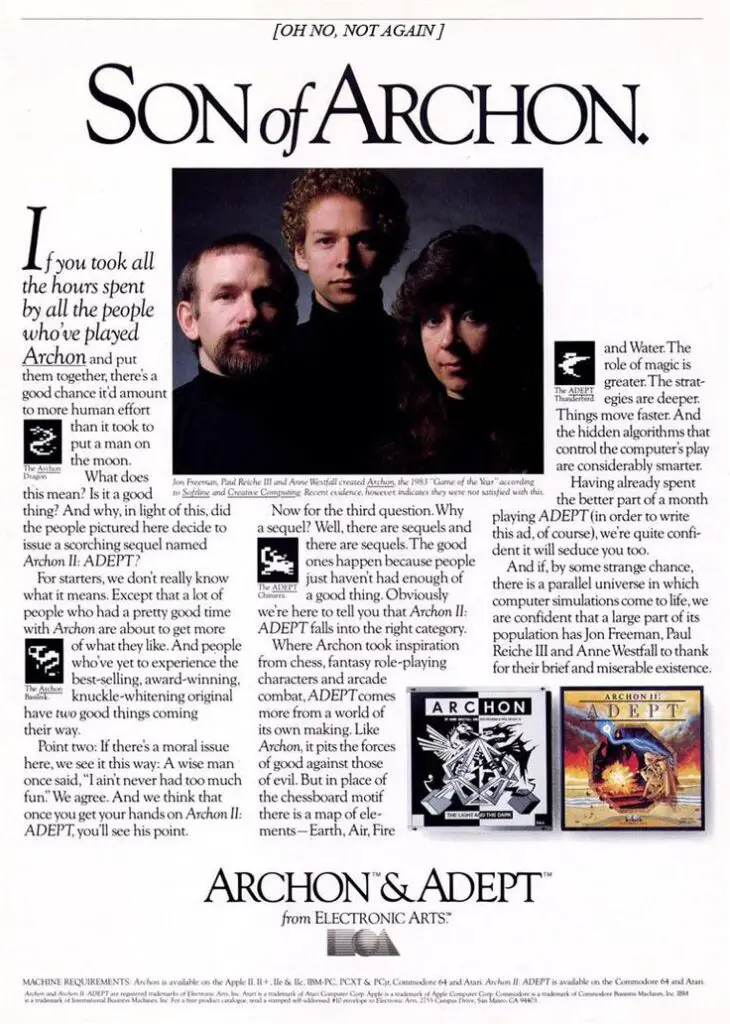
THE BLACK AND THE WHITE
The game’s developers Jon Freeman and Anne Westfall first met in 1980 at the West Coast Computer Faire. She was demoing a program there, while he was at the Automated Simulations booth. After dating for a while, they both left their jobs and found Free Fall Associates, at the end of 1981. Archon was their first project, originally programmed for the Atari 800. They recall that the entire development took six months, from start to finish. Their main inspirations were a fantasy chess pieces Jon had seen in a store. As well as, naturally, the holographic chess sequence from the original Star Wars.
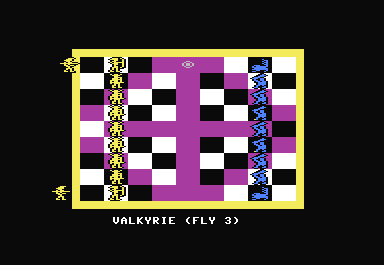
Archon begins with the two opponents choosing their side: the “light” or the “dark” pieces. Both have similar strengths and weaknesses, but are designed in a way as to oppose each other. As the game progresses, the players take turns, moving their warriors around the board – much like in traditional chess. However, when two pieces try to occupy the same square – the board floats away. The two warriors are transported to an arena – to battle until just one emerges victorious. The combat includes both a melee and a ranged component. In theory, a weaker piece often has a chance to defeat a stronger opponent. Such feats, however, require planning and patience – and a good amount of concentration. Truly, just like in standard chess, experience is a player’s greatest weapon here.
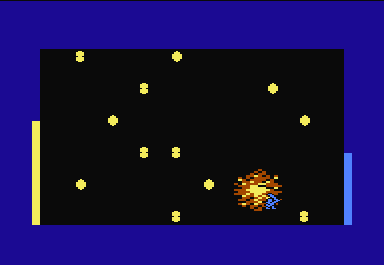
There are spells, too, for the player to cast. Some may resurrect a fallen warrior; Other summon a temporary ally – like a golem; There are those that can even outright destroy an enemy’s piece. In Archon, two completely opposite gameplay styles form a perfect mix: turn-based strategy – and frantic real-time combat. It may seem difficult to design a functioning AI for such a combination. Yet, the developers did it in just one month. In fact, it was the last month before release, following a change of plans by the publishers at Electronic Arts. Although they succeeded – in the end, this is the one part of the game that could definitely use some improvement.
ARCHON WAS THE ONLY SON
The two developers didn’t really plan for any sequel to Archon. Certainly not after such a short time since the original’s release. However, so great was their success, that Electronic Arts pressured them – once again – to work within a deadline. This time not add some new feature, but to make an entirely new game. Freeman and Westfall had no time to rethink the gameplay. They could only improve on some of its less-polished features and add some new stuff. In the end, the sequel didn’t reach nearly the success of the first project. For several years, it ended up being the last game of the series.
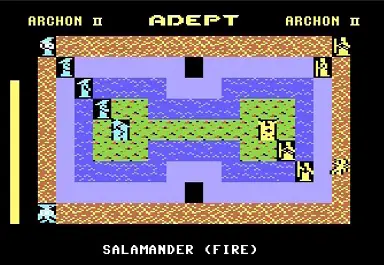
Adept does, however, introduce some substantial changes to the overall style. It plays less like chess now and almost like an actual RPG. Instead of a regular board with many pieces, each player starts with a group of four adepts. These are the masters of offensive and defensive spells – as well as summoning. Strategy is more complex, too. The game introduces additional “void” squares, where adepts can recover magic energy. Any experienced player will try to occupy all those, as soon as possible. The game table, made of fire, ice and grassland, also plays a much greater role. This is especially true in battles, with terrain affecting creatures’ strength.
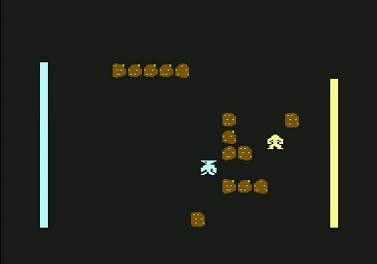
In Adept, the player must summon with spells – and then select from a roster, each of their creatures. There are, of course, new pieces. There are sirens, whose deadly singing will chip away at the opponent’s health; Or the juggernauts – peculiar demons on wheels, with a tackle attack. Interestingly, the game now isn’t over when the enemy adepts lose all their creatures. Instead, it gives a special message: “the masters will intervene” – and then brings on the Apocalypse. That Apocalypse is something like a final “deathmatch” between the two sides – for the ultimate victory. Although innovative, the game was criticized by some magazines of the time. It was considered too complicated as well as less balanced than its predecessor.
ONE LAST TRY: ULTRA
Over ten years after the original Archon‘s debut, Westfall and Freeman went back to the board. Their goal was to re-imagine the classic gameplay, and adapt it for the new machines. The team included now veteran Star Control designer Paul Reiche III – who also worked on the two original Archon games. As such, it’s not a coincidence that Star Control II was an important influence on the new project. It even used the same engine! This meant that Archon Ultra featured shiny VGA graphics and full sound – in contrast with the mostly silent original. Westfall and Freeman, however, don’t seem to remember the remake very fondly. They constantly had problems with the publisher changing requirements any other week. They also had issues finding animators to work on the new graphically intensive version. In the end, the game came out with minimal marketing, and was quickly forgotten.
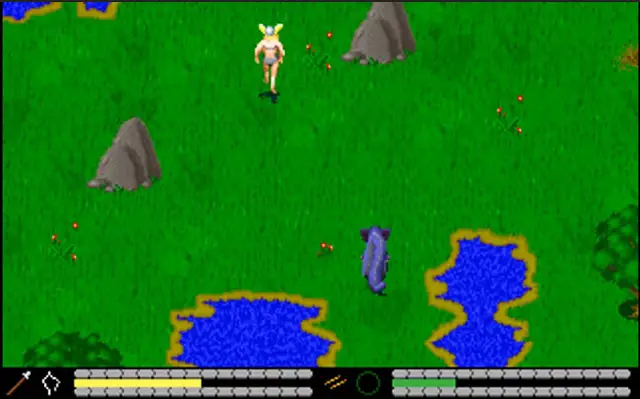
The original game became a classic by inventing a new and unique gameplay style. Its mechanics were somewhere in a realm between real time and turn-based. It is unfortunate that the remake, however, does almost nothing to entice “new players”. There aren’t any additional features, and the detailed visuals don’t really affect the overall experience. I’d go as far as to say that they actually detract from the otherworldly sensations of the original; Where battles took place as if in some alternate plane of existence. On the plus side, the Ultra remake adds new special weapons for each piece. It also features multiplayer – via modem, or the classic hotseat. Then, in 2010 React! Games published yet another (!) remake of the original Archon, called Archon Classic. The Free Fall, however, contributed nothing to the development, except license permission.
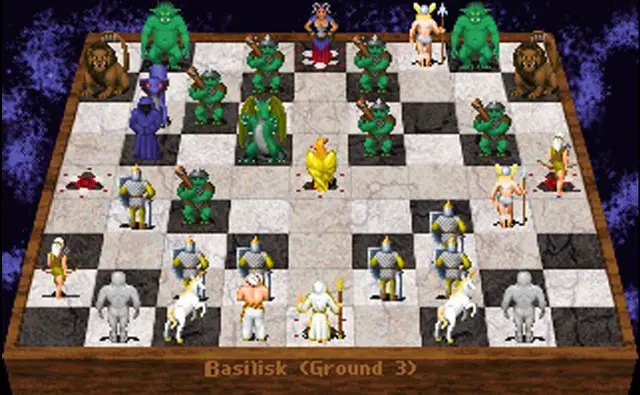
The fortune often changed for the series. Yet, despite this, it stays in history – a fantastic result of infusing classic board games with the 80s “interactive” gameplay. By creating something so unique, that took inspiration from both fantasy and sci-fi, the three developers became true Electronic Artists. Their new chess (Chess 2.0, if you will) didn’t just end up influencing the various Battlechess games. It was also a guiding beacon for many future classic turn-based strategies, like Heroes of Might and Magic.


